
Drayton mine is situated in the Upper Hunter Valley of New South Wales, Australia. The mine produces thermal coal and has been operating since 1983.
The mine is part of the 2,100km² Hunter Coalfield, the largest coal-producing region in New South Wales. The lease size of the mine is 1,768ha.
Anglo American is the operator of the mine and owns 88.2% interest. Partners include Mitsui Coal Development Australia (3.8%), Mitsui Mining Australia (3%), Hyundai Australia (2.5%) and Daesung Australia (2.5%).
Drayton produced 5mt of thermal coal in 2012 compared to 4.2mt in 2010. The available resource at the mine is likely to expire in 2016. The proposed Drayton South Project, an extension of the Drayton mine, was expected to extend the life of the mine by more than 25 years but was rejected by the NSW Planning Assessment Commission (PAC) in December 2013.
The reason behind the rejection was that the mine’s expansion will bring it to close to Australia’s biggest thoroughbred horse studs Coolmore and Darley (Woodlands) which support the entire Upper Hunter Critical Industry Cluster – Equine (CIC).
The studs require protection from mines and at least within the several kilometres no mine can be constructed, while the Drayton South project was close to the studs (just 500m).
Drayton employs 445 employees and contractors for some areas of its operation.
Coal reserves at Drayton
As of 31 December 2011, the coal reserve at Drayton Coal Mine is estimated to be 22.9mt (3.2mt proved and 19.7mt probable) with a yield ratio of 75.6% (the ratio of saleable reserve tonnes to run of mine reserve tonnes).
In the Drayton South area, an estimated 556mt of in situ coal resource has been identified. The Drayton South Project is expected to recover 119mt of this reserve.
Drayton South Project
The Drayton South Project (formerly known as Saddlers Creek) was a proposed extension of the present operating mine. A feasibility study for the extension was carried out by Hatch.
The project was supposed to extend the operations of the mine towards the south of the existing mining area located 15km south of Muswellbrook. It would extract coal from the western side of the Muswellbrook Anticline where the outcrop of late-Permian Wittingham Coal Measures occurs.
The extension was planned to target five seam sequences (Broughams, Grasstrees, Thiess, Puxtrees and Balmoral seams) of the Jerrys Plains subgroup, typically interbedded with lithic sandstones, shales, siltstones and clay stones.
Drayton South was hoped to provide a replacement mine and use the infrastructure, equipment and workforce of the current operating mine. The project proposal for Drayton South included the extraction of an additional 30mt of coal by extending the existing open cut mining operation; development of an open cut mine in the Drayton South area to produce up to 8mt of coal annually; and the modification and use of the existing processing and transport facilities.
A transport corridor was also proposed to link the Drayton and Drayton South areas as part of the project.
The environmental assessment report of the Drayton South Project was submitted in August 2012.
Coal mining at Drayton
Drayton employs open cut mining using the dragline, truck and shovel method. Shot firers are used for blasting. Loaders or excavators are used for coal extraction. A fleet of haul trucks is used to transport the mined coal.
Drayton uses one Bucyrus dragline, four Hitachi excavators, two Le Tourneau loaders, 13 Caterpillar dozers and 28 Caterpillar haul trucks for its mining operations.
Raw coal from the mine is transported to the coal handling and processing plant (CHPP) located near the mine site.
Coal processing
The Drayton CHPP has a capacity to process up to 2,000t of ROM coal per hour and employs a three-stage crushing and screening process.
Raw coal is first delivered to the ROM hopper of the CHPP. The coal undergoes primary and secondary crushing before passing over a vibrating screen. Coal particles of less than 50mm size fall through the vibrating screen. The residual material further undergoes tertiary crushing.
Crushed coal either goes to the coal processing plant (CPP) or directly to the product coal stockpiles.
The coal is washed off coarse rock and fine tailings material in the CPP before being conveyed to one of the four product coal stockpiles. The finished coal is arranged in the stockpiles using the chevron stacking method.
Produced coal is transported by rail to the Port of Newcastle for export.

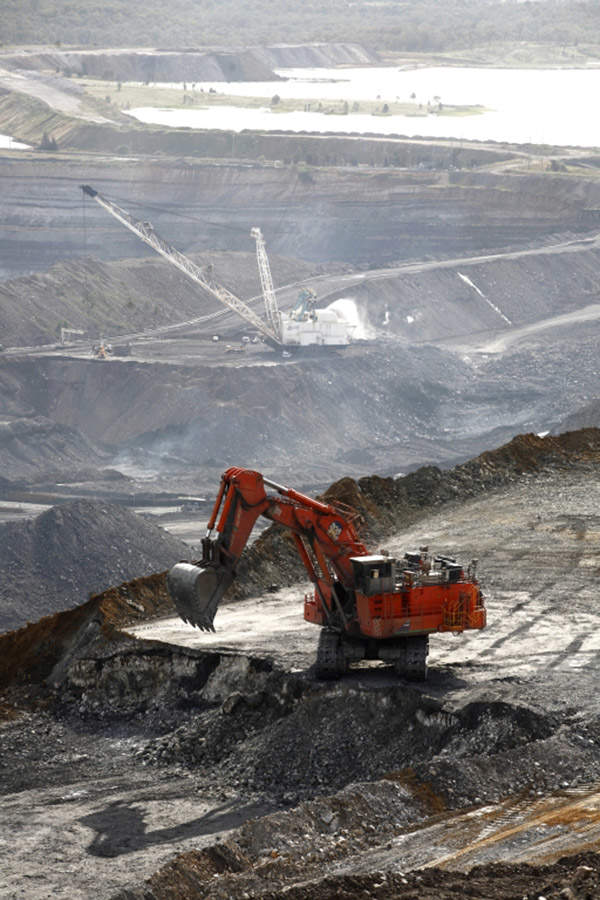
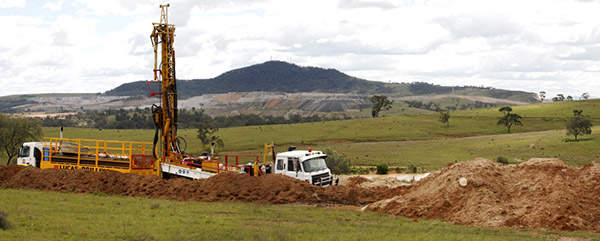
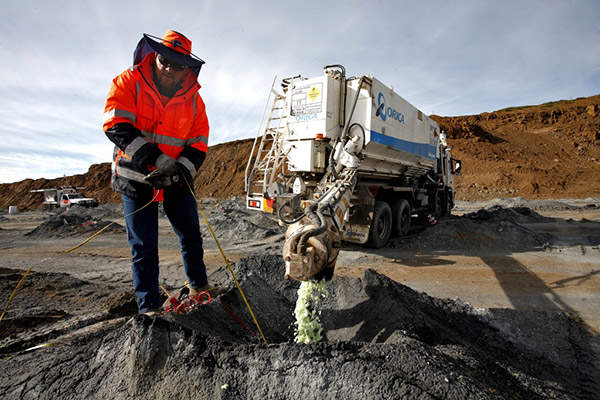
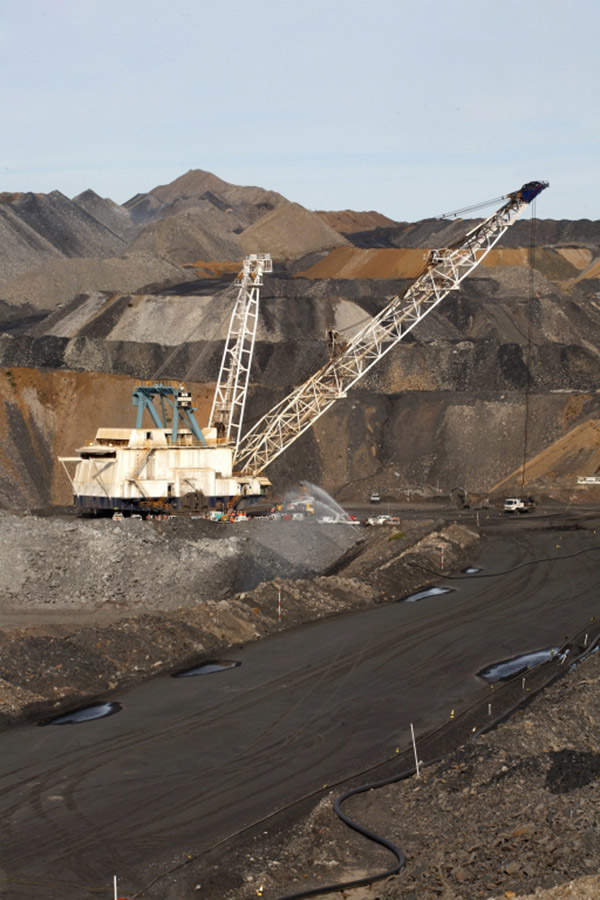
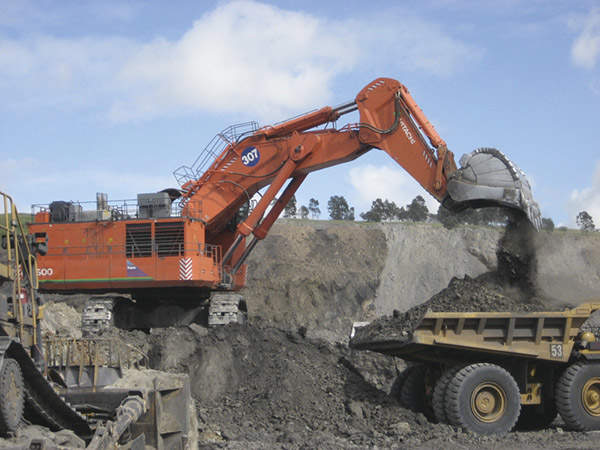
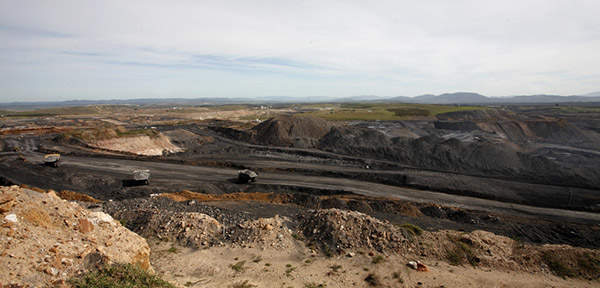
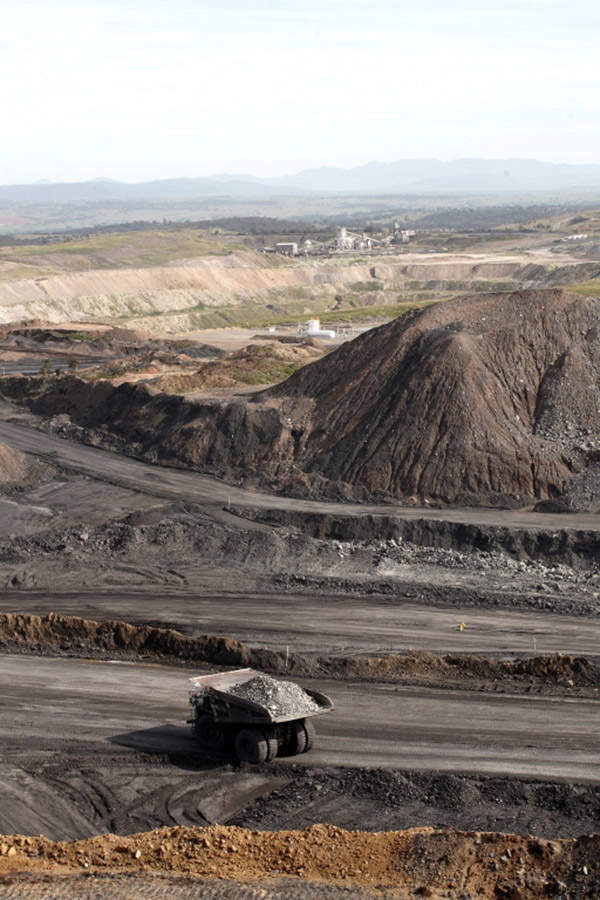


.gif)
